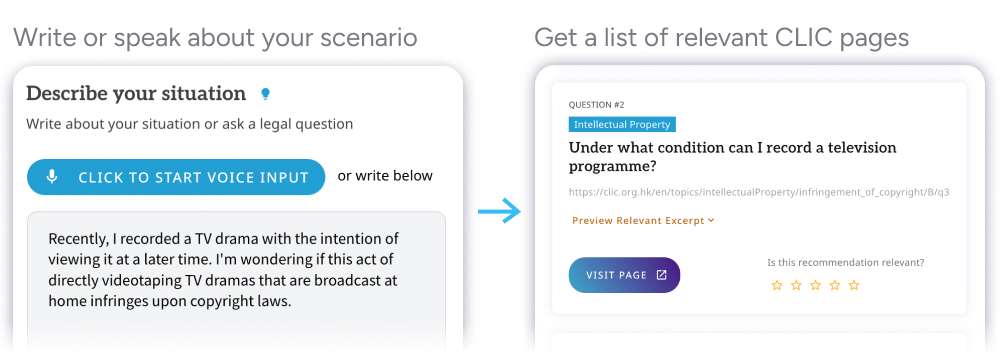Case Summary: HKSAR v Yuong Ho Cheung & 23 Others
HKSAR v Yuong Ho Cheung & 23 Others
Case No.: FACC 1/2020
Date of Judgment: 23 September 2020
Citation: (2020) 23 HKCFAR 311, [2020] HKCFA 29
https://www.hklii.hk/en/cases/hkcfa/2020/29?hl=FACC%201%2F2020
Facts
A total of 24 undercover police officers and civilians each used the Uber App on their smartphones to request a ride from a specified location to another specified location. The 24 defendants in this case each drove a motor vehicle (i.e. a private car) to the specified location, picked up each of them as a passenger, and then drove to the destination. At the end of each trip, the fare was paid for by the passenger by credit card transfer to an Uber entity, and the passenger was notified by the Uber App of the amount paid. There was some evidence of Uber paying remuneration to some defendants as drivers. There was no hire car permit in force in respect of any of the motor vehicles driven by the defendants.
The 24 defendants were each charged in the magistrates’ court, and they were convicted of ‘driving a motor vehicle for the carriage of passengers for hire or reward’, contrary to section 52(3) and (10) of the Road Traffic Ordinance (Cap. 374).
Section 52(3) and (10) of the Road Traffic Ordinance (Cap. 374) states that (in simplification): no person shall (a) drive/use a motor vehicle, or (b) suffer/permit a motor vehicle to be driven/used, for the carriage of passengers for hire/reward, unless the vehicle is licensed as a public bus, public light bus or taxi, or that a hire car permit is in force in respect of the vehicle. Any person who contravenes this section commits an offence and is liable: (a) in the case of a first conviction, to a fine at $5,000 and to imprisonment for 3 months, and (b) in the case of a second or subsequent conviction, to a fine at $10,000 and to imprisonment for 6 months.
The 24 defendants appealed against conviction first to the Court of First Instance, and then to the Court of Final Appeal.
Issue
What is the meaning of ‘for the carriage of passengers for hire or reward’, especially ‘for hire or reward’? Does this mean a direct agreement between the driver and the passenger, and the payment was to be paid by the passenger to the driver?
Ruling and Reasons for Judgment
For many years (as long ago as in 1883, 1912, 1961, 1977, 1981 and 1982), a comprehensive statutory regime has been established in Hong Kong for regulating and controlling various car hiring services, to address the mischief of car hiring. Taxis, public buses, non-franchised public buses, and public light buses are each regulated by different statutory provisions.
The ‘hire or reward’ envisaged in section 52(3) of the Road Traffic Ordinance (Cap. 374) is a business arrangement, for the systematic carrying of passengers for reward, going beyond mere social kindness, more than a friendly arrangement, but amounting to a business activity.
There must be a link between the carriage of passengers and the ‘hire or reward’, but it was not necessary to have a direct agreement between the driver and the passenger, and it was not necessary that the payment was by the passenger to the driver.
How about an employed chauffeur? An employed chauffeur who drives his employer’s spouse/child will not be carrying a passenger ‘for hire or reward’, because the carriage is not part of a separate business arrangement.
Takeaway
When a driver drives a private car without a hire car permit, carries a passenger after receiving an order from Uber, and payment is made and received by whosoever for the carriage, he/she commits the offence of ‘driving a motor vehicle for the carriage of passengers for hire or reward’.



